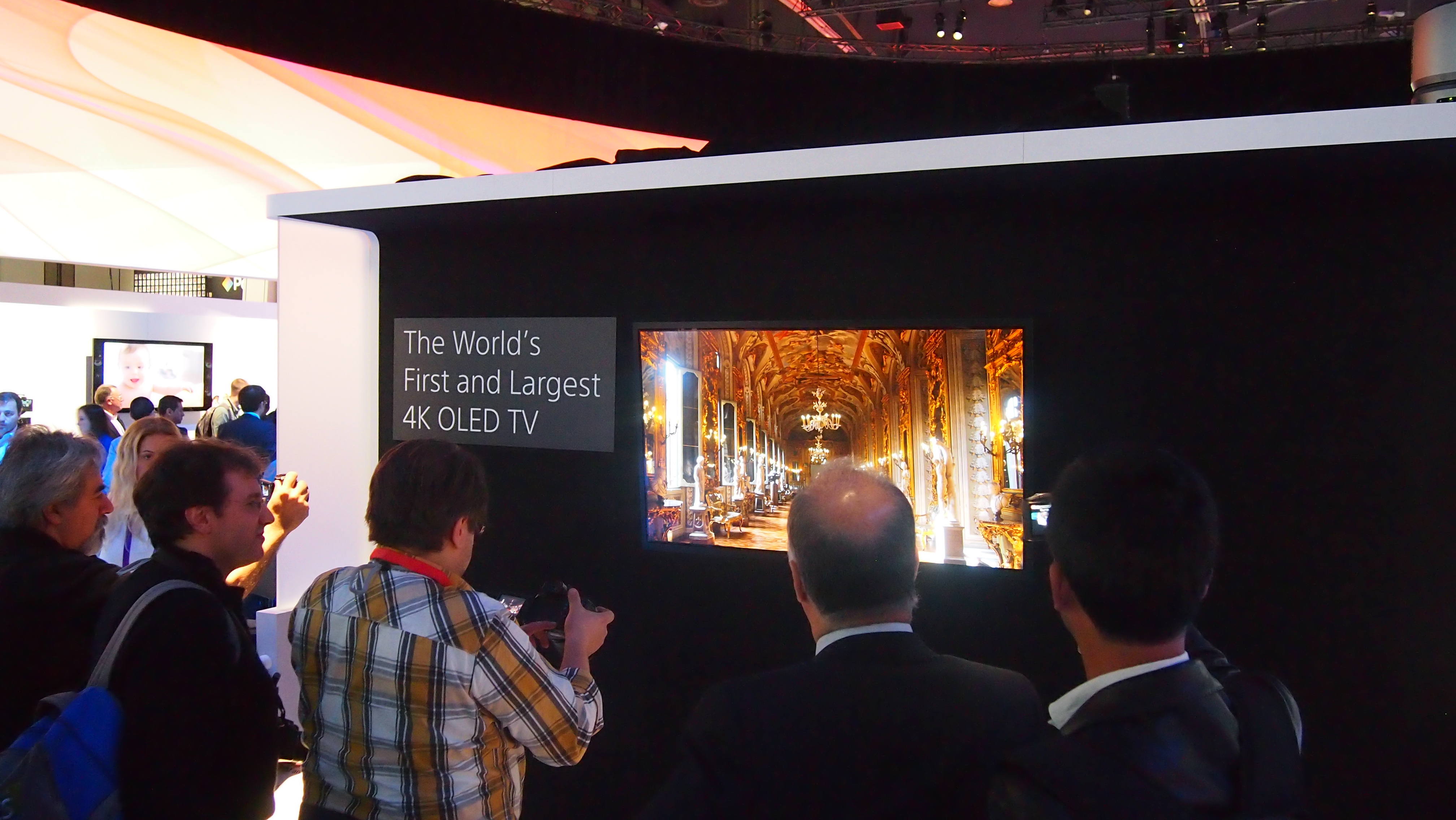So what's CES all about? Ultra HD, that's what

If there's been one standout theme thus far at CES 2013, it's been Ultra HD, also known as UHD. The name is slightly ambiguous, as not only does it cover 4K resolution TVs (four times the resolution of HD), but it also covers 8K – the 8,000 pixel-wide tech that's 16x times the resolution of HD.
Both technologies have their origins at broadcaster NHK's laboratory in Japan, which was also responsible for the advent of HD. 8K has another name, Super Hi-Vision, which we saw demonstrated back in the summer by NHK and the BBC during the London 2012 Olympics.
8K is technology that's way, way off - some say it'll be as much as 15 or 20 years in the future before mass adoption. But that's not the case with 4K - the number of 3,840 x 2,160 4K TVs now being demonstrated here in Las Vegas shows a seriousness to get going with the technology.

Sony, LG, Panasonic, Samsung and others made 4K TV crucial parts of their product presentations here, while Nvidia and Qualcomm both used their showcase events at this show to demonstrate streaming 4K content from a mobile device to a 4K TV.
Sony and Panasonic have even worked together on 56-inch next-generation OLED TVs - we previously knew that the two companies had established a partnership over OLED, the still-expensive to produce next-generation on from LCD/LED display tech. The partnership is designed to keep development costs down by combining resources.
But while it's all very exciting, it's worth remembering that 4K isn't known outside of the consumer electronics buzz bubble. Mass adoption of 4K is still distant - primarily because UHD broadcasts are still a few years away.
The newly-announced top-end 85-inch Samsung S9 gets round the problem of the amount of content with a proprietary up-scaling engine can that can up-convert HD or Full-HD to UHD-level picture quality. Yep, it can fill in those missing pixels.
Sign up for breaking news, reviews, opinion, top tech deals, and more.
Defining 8K and 4K
The banding together of 4K and 8K under the one Ultra HD label is also causing a few problems. Back in October Sony criticised the organiser of CES, the Consumer Electronics Association, who were responsible for bringing together the jargon-tastic names under a single banner.

"We laud the CEA's efforts to come up with a common language to describe the next generation high-definition technology," said Sony in a statement. "However, to ensure clarity for consumers and delineate between today's and tomorrow's technology, Sony will continue to use the 4K moniker for its products and will market its future products as 4K ultra high-definition (4K UHD)."
In other words, while Ultra HD is fine for 4K, it believes it's confusing to use the same name for 8K sets. We tend to agree. After all, that's the same idea as if normal HD and 4K shared the same name.
Dan (Twitter, Google+) is TechRadar's Former Deputy Editor and is now in charge at our sister site T3.com. Covering all things computing, internet and mobile he's a seasoned regular at major tech shows such as CES, IFA and Mobile World Congress. Dan has also been a tech expert for many outlets including BBC Radio 4, 5Live and the World Service, The Sun and ITV News.